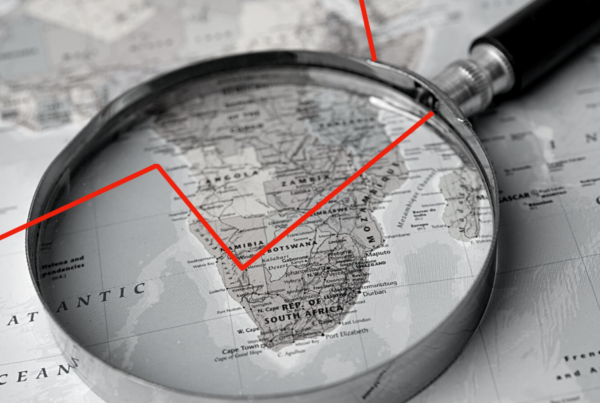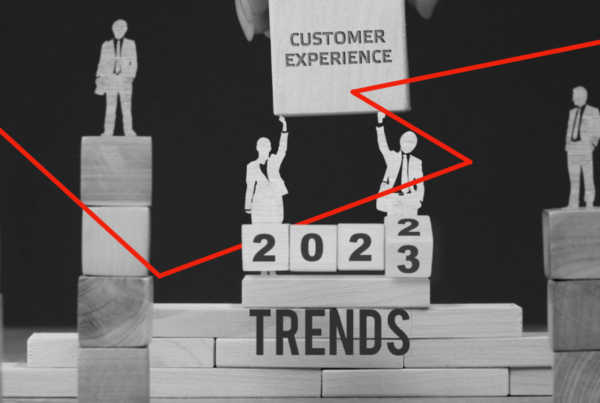Sustainability in e-commerce is a growing hot topic. Brand building towards this future matters more than ever. Learn what, why, and how. Fast, free, sustainable, now!
Nearly half of global online revenue streams from marketplaces with Taobao leading the way. Following closely behind are Tmall and Amazon.
So, marketplaces are dominating the competitive landscape – and will continue to. Building your online presence becomes even more imperative nowadays to competitively differentiate your business from the giants.
And let’s not forget; growing your business is not just about exposing it to customers. Instead, brand building is a process of creating value for customers. It involves anything and everything on how your buyers feel, what they know, and their experiences (relationship) with your business.
So, if they’re demanding convenience, speed, and sustainability, then your brand should give them exactly what they want. It’s all a matter of how.
Personalization: Customers Go to Marketplaces to Find Solutions, Not Your Brands
Tech has permeated every aspect of our daily lives, thus stimulating what we can call “technology fatigue.” In turn, consumers desire more ‘human connections’ with brands nowadays.
Most notably, it’s common to assume that marketplaces like eBay or Amazon are places where customers venture to find your business. However, this is far from the case. Instead, marketplaces are where your customers seek solutions.
For example, Amazon is a popular e-commerce platform for customers to do product research before buying. Although, 70% of the website’s searches have been shown to exclude a brand name. Instead, customers are mainly searching and filtering by categories and customer reviews.
What we’re saying is that your brand can be discovered on marketplaces, just not likely to be intentional searches by people. Also, customers do just as much research outside of marketplaces where their purchase decision is heavily influenced (e.g., social media).
That’s why the smaller guys (compared to the ‘e-Giants’) must re-examine their online presence and provide unique experiences not found on marketplaces. To do that would mean brand-building through personalization of the customer experience based on consumers’ ever-changing demands.
Thereby leading us to explain next about brand building towards a hot trend – sustainability in e-commerce – through personalization.
Sustainability in E-Commerce: What it is, Why it Matters, How to Start
Mainly as the result of global warming, consumers are increasingly becoming environmentally conscious.
At the same time, e-commerce is killing it. As we discussed in our previous article about scaling in the future of e-commerce, the industry is booming and especially peaked as a result of COVID-19.
Keeping all that in mind, those factors greatly influence the rising number of consumers demanding sustainability in e-commerce. As previously mentioned, “fast, free, sustainable.”
However, what exactly is “sustainability”? Some of us may feel that the term has been overused, even tiring out Google. So, the definition of it may be unclear to some.
To clarify better, and without going into the details, the most fundamental meaning of sustainability refers to “an enduring balance” that gives all living things on earth what they need to survive without overkilling and over-abusing the planet’s resources.
As e-commerce grows (and for which it’s never turning back), its harmful impact on the environment also grows. For instance, the constant use of cardboard, plastic, styrofoam, and more for online businesses to package and ship to customers results in an endless amount of waste (land and sea).
Sustainability in e-commerce is then so strong of a need that it rises from the, say, landfill. Therefore, brand building towards sustainability in e-commerce is essential based on several key reasons:
- Saves money: Too much packaging material to fulfill a shipping order can increase costs for your brand (time and money). At the same time, too little stuffing materials can likely lead to damaged packages during delivery. Thus, higher return rates that further lead to environmental harm. However, finding that balance between ‘ proper’ packing and saving money is possible, as shown by Harvard Business Review’s sustainability is profitable.
- Increases customer satisfaction and loyalty: According to the World Business Council for Sustainable Development, over half of consumers reported a willingness to pay for “environmentally friendly” products or services. Plus, 41.8% of customers want companies to be socially responsible. By prioritizing sustainability in your e-commerce strategy, you’ll truly be ‘brand building’ because you’re, again, creating value for the customers. Ultimately, scoring high CSATs and NPS.
- Saving the world is inevitable: Even if not required by law for your company to oversee how it’s impacting the economy, environment, and people, you or your team members are bound to down the road. So, before the world burns or when the government enforces more stringent regulations, consider allocating your business budget toward sustainability research.
Fast, Free, and Furiously-Sustainable Packages
How online brands can promote sustainability to capitalize on the e-commerce boom is mainly through prioritizing their fulfillment strategies and improving their processes. Specifically, start with the re-evaluation of your brand packaging.
For example, customers are increasingly doing online research before buying. This involves their engagement with the unboxing video trend, which exposes your brand’s packaging.
What’s more, packaging has been shown to influence purchase decisions, inspire more word-of-mouth regarding your products, and can potentially raise customer retention.
Thus, your brand packaging game must appeal to the customer while being sustainable, ultimately achieving the personalization of the customer experience. Not to mention, sustainable packaging goods can prevent your business from the risks of costs associated with having to meet the numerous complex customer demands.
As a leading example, there’s a growing focus on zero-waste packaging as a solution. Brands must find innovative ways to reuse only recyclable materials for their product packaging. Also, minimalistic packaging is another solution, plus to reduce the need for different package sizes (e.g., S, M, L), and redesign shipping cases to be more ‘green.’
Improve Your E-Commerce Brand using Wonderflow to Detect and Mitigate Sustainability Opportunities and Challenges
With the importance of brand building towards sustainability in e-commerce, it can easily be said that Wonderflow’s AI-based analytics solution is already a step ahead in the game.
Through our first-and-only predictive and prescriptive model (to date), Wonderflow analyzes dozens of online marketplace reviews and ratings left by customers. In turn, your organization will discover what (and why) your customers love or hate, let’s say your new eco-friendly package design.
Thus, further giving you leeway in improving your fulfillment processes.
With the critical capability to source customer feedback data from over 200 online channels, including beyond the marketplace, your brand will also identify whether your personalization (or other brand-building strategies) are effective. Our Voice of the Customer (VoC) solution supported a company’s package redesign in a recent case study.




